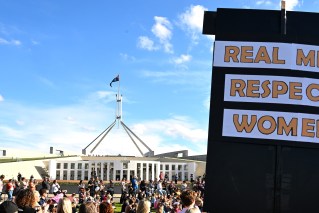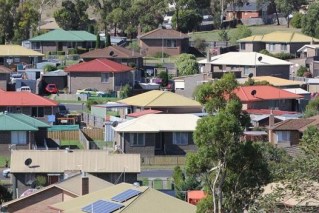From penthouse to the outhouse – property price plunge the biggest on record
The Reserve Bank’s aggressive interest rate hiking cycle has triggered the largest housing market decline on record.

Brisbane property prices have slumped by more than 10 per cent - the largest drop on record, in the second half of 2022, latest figures have revealed.. (Pic The Firm)
The 8.4 per cent drop between May 2022 and January 2023 is the deepest peak-to-trough decline on CoreLogic’s records, surpassing the previous record-breaking fall between 2017 and 2019.
Sydney home values have led the downturn, falling 13 per cent from their highest point.
Brisbane prices have plummeted 10 per cent and Melbourne dwelling values have tanked 8.6 per cent from peak to trough.
The 300 basis points in rate hikes have shrunk the amount buyers can borrow and generally cooled buyer confidence.
High household indebtedness may have increased the housing market’s sensitivity to interest rates, CoreLogic head of research Eliza Owen said.
“Higher inflationary pressures, combined with a post-lockdown surge in spending, has also eroded household savings, which could be utilised for a home loan deposit,” she added.
The market may also be enduring a “hangover” from higher sales and activity in 2021 that’s left a vacuum in demand.
The market is unlikely to have bottomed out, with further cash rate increases from 3.1 per cent likely to keep driving prices lower in 2023.
Markets are pricing in a cash rate peak of around four per cent while forecasts from economists average out at a more subdued 3.6 per cent.
“Ongoing increases in interest rates will further erode the borrowing capacity, and likely prolong the country’s housing downturn until interest rates stabilise,” Ms Owen said.
Weakening property prices and high building costs continue to weigh on new building projects, with housing approvals falling nine per cent in November.
The key indicator of future activity in the construction industry has sunk by 21.7 per cent since August, marking the third month in a row of lower council approvals.
The November decline was led by the more volatile private attached dwelling segment which fell by 22.7 per cent. Approvals for private sector houses dipped by 2.5 per cent.
Total dwelling approvals fell in NSW, Western Australia, South Australia and Queensland but lifted in Tasmania and South Australia.
The value of non-residential building approvals remained robust, however, lifting two per cent in November, the Australian Bureau of Statistics reported.












